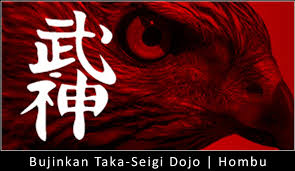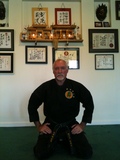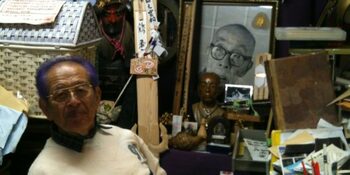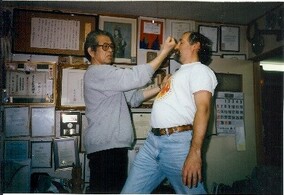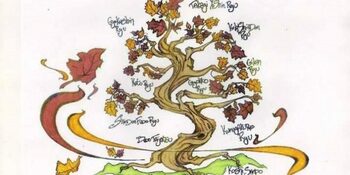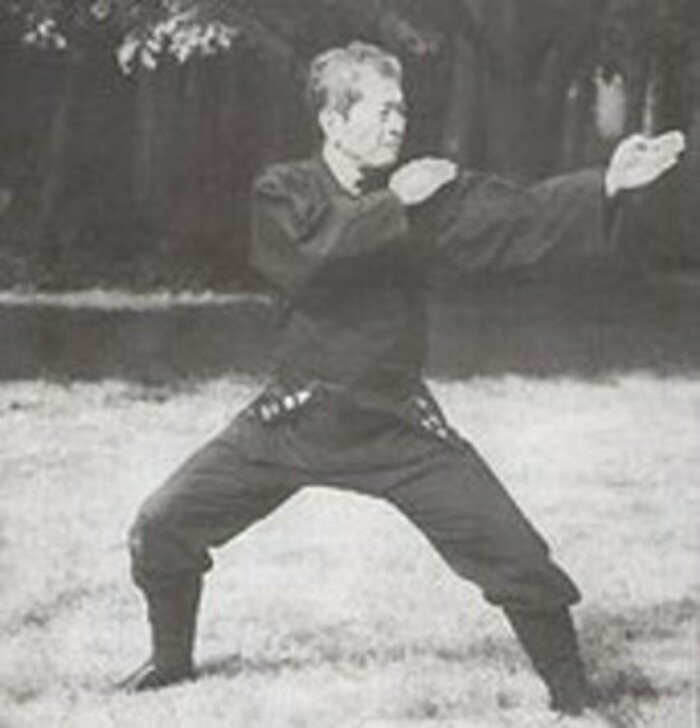
Kamae – Building the Fortress
10.12.18
Kamae – Building the Fortress
The Structure of Kamae – Building the Fortress
Kamae in the Bujinkan is much more than just a stance or ready position. It is the platform from which all movements are made and from which all techniques are delivered. Your kamae is quite literally the foundation upon which your entire martial art practice rests.
A weak, or structurally flawed, kamae will limit the amount of power delivered and reduce the effectiveness of every technique employed. Conversely, a strong kamae is the key to the effective execution of all your techniques. A strong kamae carries the support of the ground and efficiently conducts that power through the user with minimal noise creating, in effect, a transparent power.
“You can’t shoot a cannon out of a canoe.”
Water provides a very poor base of support to maximally fire a cannon ball thus it will not travel very far. This is exactly what happens with a poorly constructed kamae. So much power bleeds off in different directions that the mean effect of the movement is extremely reduced and more energy is required in order to compensate for the inefficiency.
How Do We Build a Strong Kamae?
There are many different forms of strength training but only a few, very specific, methods of strengthening the structure (kamae). The key to strengthening structure, as you will see, is training the connective tissue – fascia, tendons, and ligaments, and strengthening the bones, rather than working on muscle. The benefits of this type of training are enormous; not only does having a stronger structure increase the effectiveness of martial movement and techniques, but also acts as a natural form of injury prevention by improving the strength and elasticity of the tissues and increasing the body’s overall resilience.
We will examine 4 main ones here from the EARTH section of Warrior Fitness working on strength, structure, and stability.
Loaded Carries – These provide a unique challenge to the body as they are a type of moving isometric exercise. Kettlebells or dumbbells are a great place to start, but loaded carries can be done with just about anything.
There are 3 basic loaded carries we will discuss here:
- Farmer Walk – Hold 2 kettlebells at the sides and go for a walk. Try to maintain a neutral balance and move from center.
- Rack Walk – Hold 2 kettlebells in the rack position and go for a walk. Try to maintain a neutral balance and move from center.
- Overhead Carry – Hold 2 kettlebells overhead and go for a walk. Try to maintain a neutral balance and move from center.
Static Holds – Unlike lifting or carrying, static holds can be done anywhere with zero equipment. They also place a great emphasis on strengthening connective tissue for supporting the body.
- Static Kamae Hold: Pick a kamae and hold it for time. The goal here is to relax in position and allow the connective tissue to do the work, not the muscle.
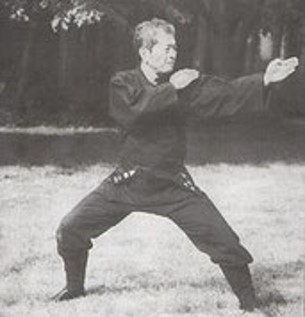
- Static Push-up: Hold the top, middle, or bottom portion of a push-up for time. The goal here is to relax in position and allow the connective tissue to do the work, not the muscle.
- Partial Lifts – Partials allow you to develop the connective tissues and bones in a way that full range of movement lifting cannot. By doing partials you are supporting more weight than you would be able to in a full range lift.
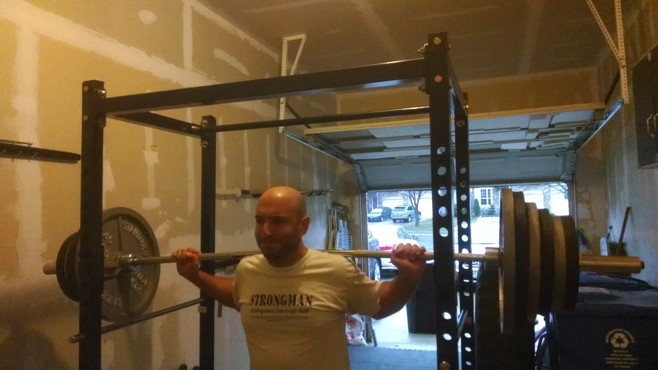
- Push Testing – The push test is a very practical way of testing the quality of one’s solo training for internal power. The body, when properly trained, acts as an omni-directional structure. This allows the practitioner to neutralize any incoming force by diffusing it throughout the structure rather than having to surrender to it or resist against it.
The push test is a test of the quality of relaxation and symmetry practiced in solo kamae training. Initially it’s a static test for neutral balance; no force expression. Push testing is a small portion of the final goal of kamae training, which is to be able to move freely in a dynamic symmetrical balance while expressing force in three dimensions.
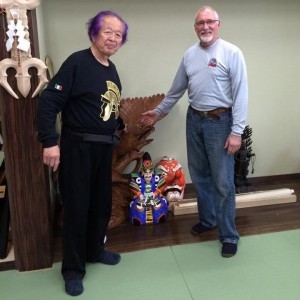
Kare wa hone ga arimasuka? Does he have bone? Meaning does he have structure and will be able to stand strong if pushed? It’s a Japanese saying that Mark Lithgow and I have used to emphasize strength from structure.
Phillip Legare Bujinkan Dai-Shihan
The process is simple. The person being tested maintains a relaxed body, fueled by intent, open in 6 directions (up/down, left/right, front/back). The pusher (tori) applies force in multiple directions from multiple angles to make sure the pushee (uke) is able to express neutral balance in all directions. The pushes start soft then gradually build in strength depending upon the ability of the person being pushed. When force is reflected back at the pusher, this is what is known in Japanese as Yamabiko, or Mountain Echo.
As they say in the kata descriptions within the Bujinkan densho – there is a Kuden.
To learn more, check out the 2 free reports I have provided below…
The Most Powerful Qigong Method
30-Day Warrior Fitness Combat Conditioning Program
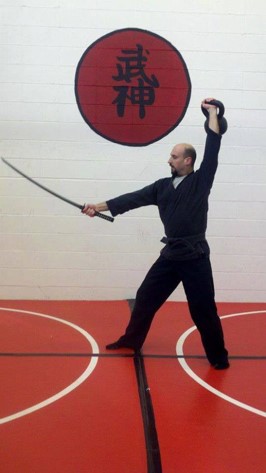
About Jon Haas, The Warrior Coach
Jon Haas is a certified Underground Strength Coach -Level 2, an ACE and FMS certified Personal Trainer, and has been involved in the martial arts for over 30 years.
He has been training in the Budo Taijutsu warrior arts of the Bujinkan for more than 25 years and is currently ranked as a Kudan (9th degree black belt) under Jack Hoban Shidoshi. Since 2009 he has been studying Aiki and internal power training with Dan Harden, as well as training in Yiquan, an internal Chinese martial art.
He is the founder of Warrior Fitness Training Systems and author of the book, Warrior Fitness: Conditioning for Martial Arts, as well as numerous other online training programs.
Check out our member website for the latest in training from the senior-most Japanese Dai-Shihan, myself and other recognized seniors from around the world. Nagato Sensei and Noguchi Sensei are now giving me huge support for the website and we will be releasing a ton of their video training sessions over the course of the year. We just released video of both of these Dai-Shihan on our website last week that was captured during train last October. See for yourself why we are considered the very best Bujinkan Budo Taijutsu and Shinken Taijutsu reference website in the world.
